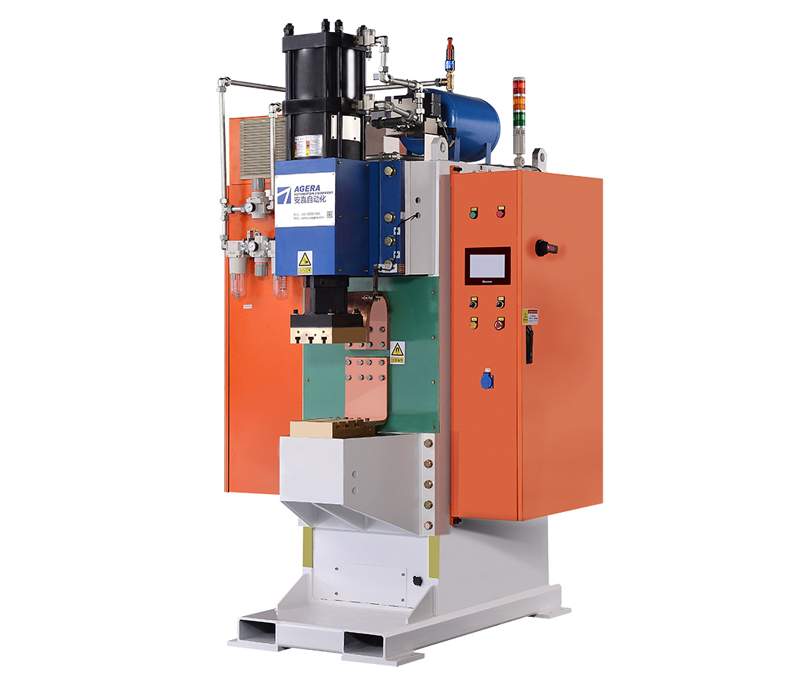Achieving high-quality welds is a primary objective in energy storage spot welding machines. The welding quality directly affects the structural integrity and performance of welded components. This article discusses the key factors to consider in order to ensure welding quality in energy storage spot welding machines, highlighting the importance of these factors and providing insights into maintaining optimal welding standards.
- Electrode Selection: Choosing the appropriate electrodes is crucial for achieving high-quality welds. Factors such as electrode material, size, shape, and surface condition should be considered. The electrodes should have good conductivity, high wear resistance, and proper shape to facilitate efficient energy transfer and maintain consistent weld quality. Regular inspection and replacement of electrodes are essential to prevent electrode degradation and ensure consistent performance.
- Welding Parameters: Optimizing welding parameters is vital for achieving desired weld quality. Parameters such as welding current, welding time, and electrode force should be carefully determined based on the material properties, joint configuration, and desired weld characteristics. Proper calibration and monitoring of these parameters during the welding process help maintain consistent weld quality and prevent issues such as under- or over-welding.
- Material Preparation: Thorough material preparation is critical for ensuring welding quality. The joint surfaces should be clean, free from contaminants, and properly aligned to ensure optimal metal-to-metal contact. Proper surface cleaning techniques, such as degreasing and removing oxide layers, should be employed to promote strong and reliable welds. Additionally, accurate fit-up and alignment of the workpieces contribute to improved weld quality and mechanical strength.
- Electrode Maintenance: Regular maintenance of the electrodes is essential to ensure consistent welding quality. Electrodes should be periodically inspected for wear, damage, or contamination. Any signs of degradation should be addressed promptly through cleaning, reconditioning, or replacement. Proper electrode dressing techniques can restore the electrode shape and surface condition, ensuring optimal contact and energy transfer during welding.
- Process Monitoring and Control: Implementing effective process monitoring and control systems helps maintain consistent welding quality. Real-time monitoring of welding parameters, such as current, voltage, and force, allows for immediate detection of any deviations from the desired values. Advanced control techniques, such as closed-loop feedback systems, can automatically adjust the welding parameters to compensate for variations in material thickness, joint resistance, or other factors that may impact weld quality.
Ensuring welding quality in energy storage spot welding machines requires careful consideration of electrode selection, welding parameters, material preparation, electrode maintenance, and process monitoring. By implementing proper practices and adhering to established quality standards, operators can consistently produce high-quality welds, resulting in structurally sound and reliable welded components. Attention to these factors contributes to the overall performance and longevity of energy storage spot welding machines.
Post time: Jun-12-2023



